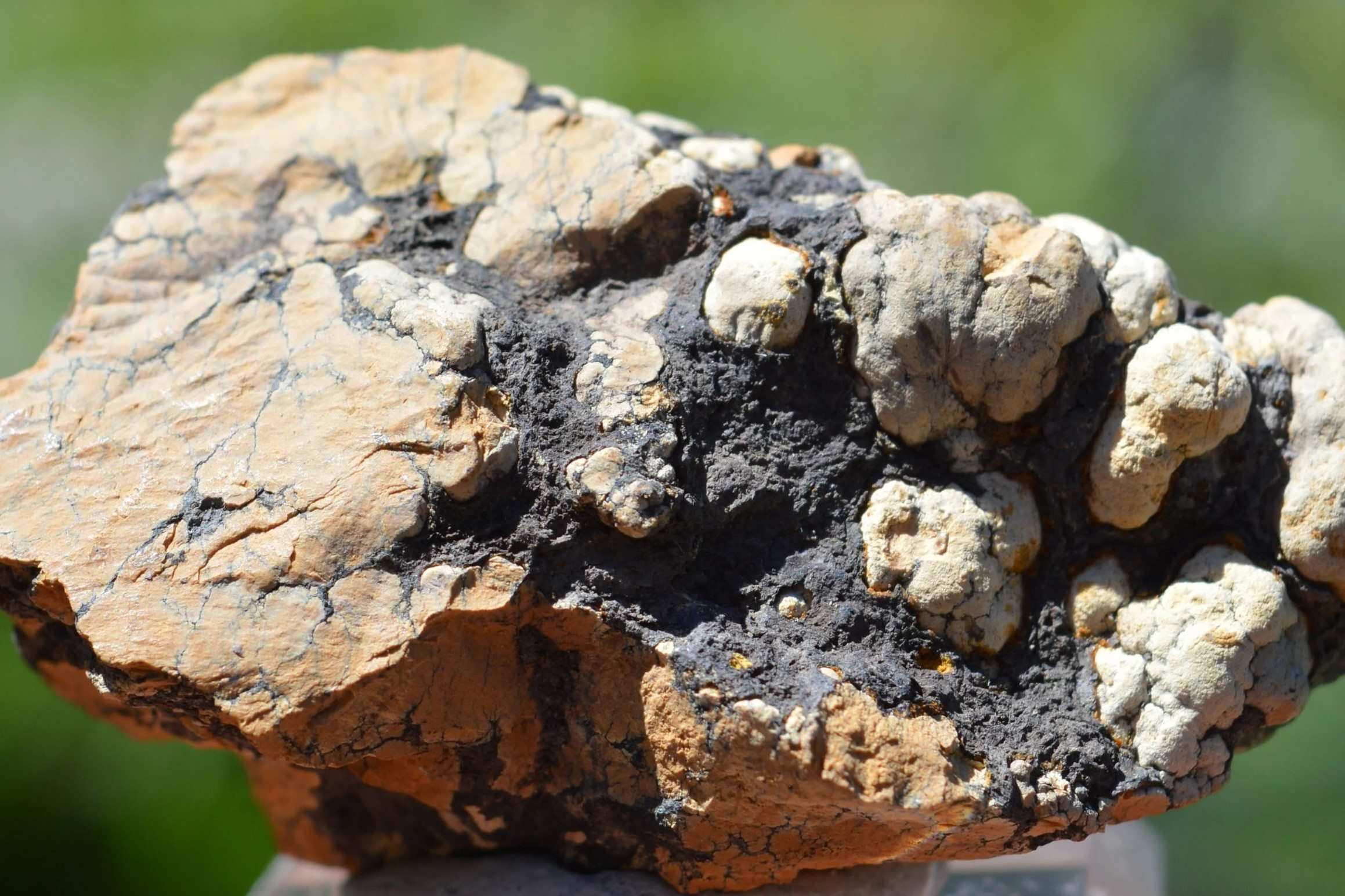
Congenital Hypotrichosis Milia might sound like a mouthful, but understanding it is simpler than you think. This rare genetic condition affects hair growth, leaving individuals with sparse or no hair from birth. But what causes it? It's due to mutations in specific genes responsible for hair follicle development. How common is it? Not very—it's a rare condition, making it all the more intriguing. Can it be treated? While there's no cure, treatments focus on managing symptoms and improving quality of life. Want to know more? Stick around as we dive into 33 fascinating facts about Congenital Hypotrichosis Milia.
Key Takeaways:
- Congenital Hypotrichosis Milia is a rare genetic condition causing sparse hair and small skin cysts. It's inherited in a special way and can be diagnosed through genetic testing.
- Living with Congenital Hypotrichosis Milia can be challenging, but treatments and support can help manage symptoms. Ongoing research offers hope for future treatments.
What is Congenital Hypotrichosis Milia?
Congenital Hypotrichosis Milia is a rare genetic condition affecting hair growth and skin. People with this condition often have sparse hair and small cysts called milia on their skin. Let's dive into some fascinating facts about this condition.
Genetic Basis
Understanding the genetic roots of Congenital Hypotrichosis Milia can help in grasping the condition better.
- Congenital Hypotrichosis Milia is inherited in an autosomal recessive manner. This means both parents must carry the gene for a child to be affected.
- Mutations in the LIPH gene are often responsible for this condition. The LIPH gene plays a crucial role in hair growth and development.
- The condition can also be linked to mutations in the LPAR6 gene. This gene is involved in the signaling pathways that regulate hair follicle development.
- Genetic testing can confirm the diagnosis. Identifying mutations in the LIPH or LPAR6 genes can provide a definitive diagnosis.
Symptoms and Characteristics
The symptoms of Congenital Hypotrichosis Milia are quite distinctive, making it easier to identify.
- Sparse scalp hair is a hallmark of this condition. Affected individuals often have very little hair on their heads.
- Milia are small, white cysts that appear on the skin. These cysts are usually found on the face, especially around the eyes and nose.
- Eyebrows and eyelashes may also be sparse or absent. This can give a unique appearance to individuals with the condition.
- The condition is present from birth. Symptoms are usually noticeable shortly after birth or in early infancy.
Diagnosis and Testing
Diagnosing Congenital Hypotrichosis Milia involves a combination of clinical evaluation and genetic testing.
- A dermatologist can often make a preliminary diagnosis based on physical examination. The presence of sparse hair and milia can be strong indicators.
- Genetic testing is used to confirm the diagnosis. This involves analyzing DNA to identify mutations in the LIPH or LPAR6 genes.
- Skin biopsy may be performed in some cases. This can help to rule out other conditions with similar symptoms.
- Family history is important in diagnosis. Knowing if other family members have the condition can provide valuable clues.
Treatment and Management
While there is no cure for Congenital Hypotrichosis Milia, various treatments can help manage the symptoms.
- Topical treatments can help reduce milia. Retinoid creams are often used to treat these small cysts.
- Hair growth treatments may be considered. Minoxidil, a common hair growth treatment, may be used, although its effectiveness can vary.
- Regular dermatological care is essential. Ongoing care from a dermatologist can help manage skin and hair symptoms.
- Supportive therapies can improve quality of life. Psychological support and counseling can be beneficial for individuals coping with the condition.
Impact on Daily Life
Living with Congenital Hypotrichosis Milia can present unique challenges, but many individuals lead fulfilling lives.
- Social and emotional support is crucial. Connecting with others who have the condition can provide a sense of community and understanding.
- Wigs and hairpieces can enhance appearance. These can be a practical solution for those concerned about sparse hair.
- Sun protection is important. Sparse hair can leave the scalp more exposed to the sun, so wearing hats or using sunscreen is recommended.
- Regular skin care routines can help manage milia. Gentle cleansing and moisturizing can keep the skin healthy.
Research and Future Directions
Ongoing research aims to better understand and treat Congenital Hypotrichosis Milia.
- Gene therapy holds potential for future treatments. Researchers are exploring ways to correct the genetic mutations that cause the condition.
- Stem cell research may offer new hope. Scientists are investigating how stem cells can be used to regenerate hair follicles.
- Clinical trials are ongoing. Participation in clinical trials can provide access to new treatments and contribute to scientific knowledge.
- Patient registries help track the condition. These databases collect information about individuals with Congenital Hypotrichosis Milia to support research.
Interesting Facts
Here are some intriguing tidbits about Congenital Hypotrichosis Milia that you might find surprising.
- The condition is extremely rare. It affects only a small number of individuals worldwide.
- Both males and females can be affected. The condition does not discriminate based on gender.
- The severity of symptoms can vary widely. Some individuals may have very sparse hair, while others have slightly more.
- Milia can sometimes disappear on their own. In some cases, these cysts may resolve without treatment.
- The condition does not affect overall health. While it impacts hair and skin, it does not typically cause other health problems.
- Support groups can be a valuable resource. Connecting with others who have the condition can provide emotional and practical support.
- Awareness is growing. Increased awareness can lead to better diagnosis and support for those affected.
- Research is making progress. Advances in genetics and dermatology are paving the way for new treatments.
- Living with the condition can foster resilience. Many individuals with Congenital Hypotrichosis Milia develop strong coping skills and a positive outlook.
Final Thoughts on Congenital Hypotrichosis Milia
Congenital Hypotrichosis Milia, a rare genetic condition, affects hair growth from birth. Understanding its causes, symptoms, and treatments can help those affected manage their condition better. Genetic mutations, particularly in the LIPH gene, play a significant role in this disorder. Symptoms often include sparse or absent scalp hair, eyebrows, and eyelashes. While there's no cure, treatments like wigs, hairpieces, and cosmetic solutions can improve quality of life.
Raising awareness about Congenital Hypotrichosis Milia is crucial. It encourages research and support for affected individuals. If you or someone you know has this condition, consulting a genetic counselor or dermatologist can provide valuable guidance. Remember, knowledge and support make a big difference in managing any health condition. Stay informed, seek help, and support one another in this journey.
Frequently Asked Questions
Was this page helpful?
Our commitment to delivering trustworthy and engaging content is at the heart of what we do. Each fact on our site is contributed by real users like you, bringing a wealth of diverse insights and information. To ensure the highest standards of accuracy and reliability, our dedicated editors meticulously review each submission. This process guarantees that the facts we share are not only fascinating but also credible. Trust in our commitment to quality and authenticity as you explore and learn with us.


